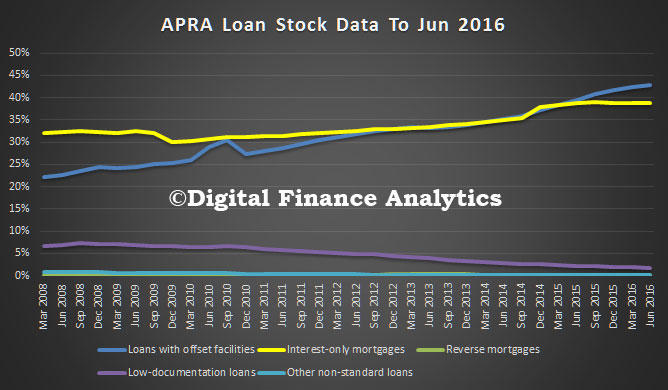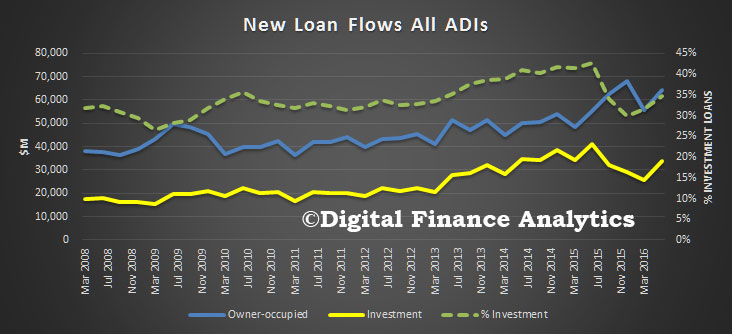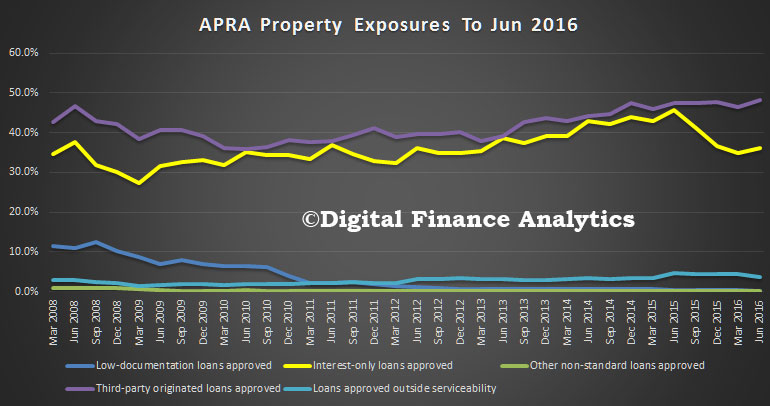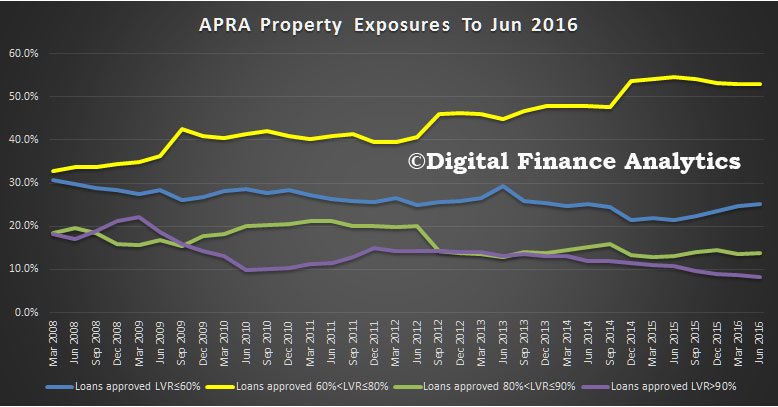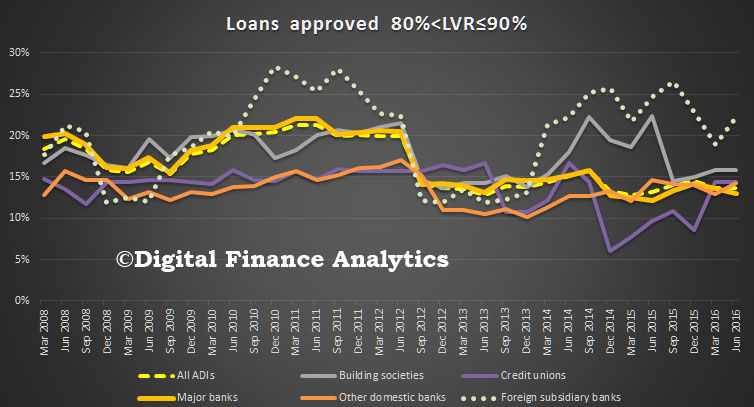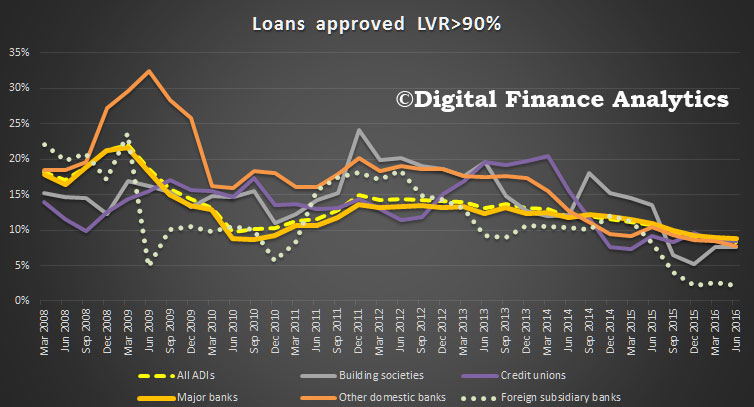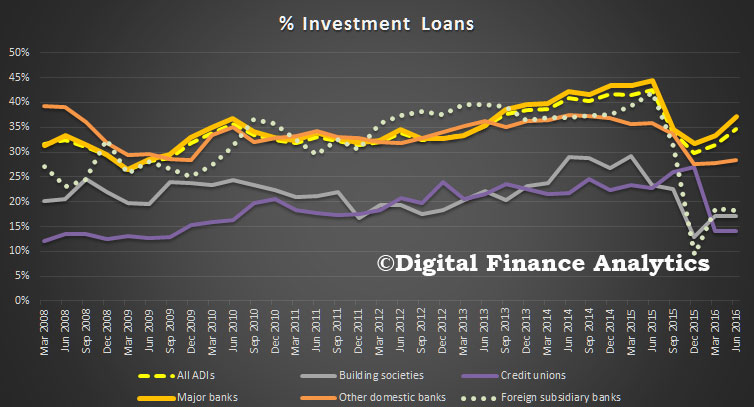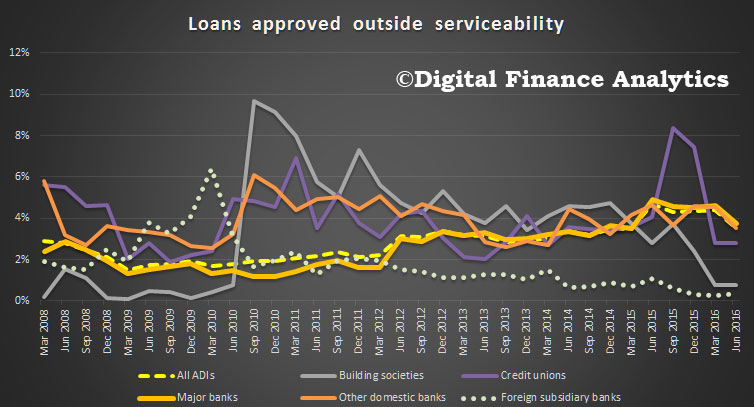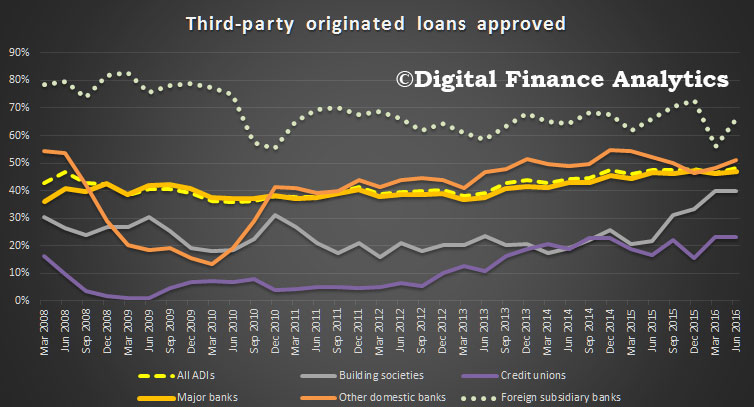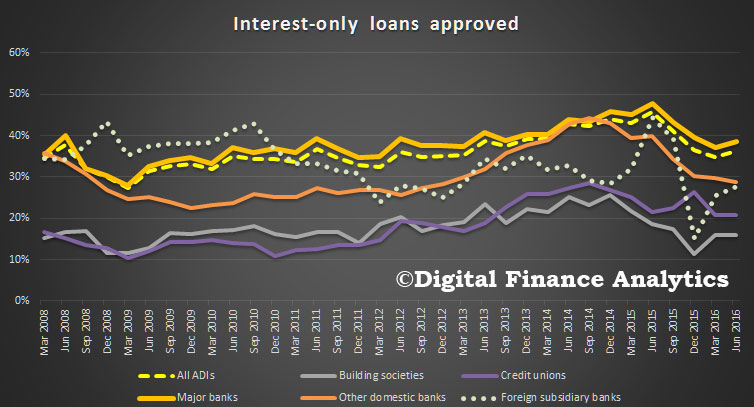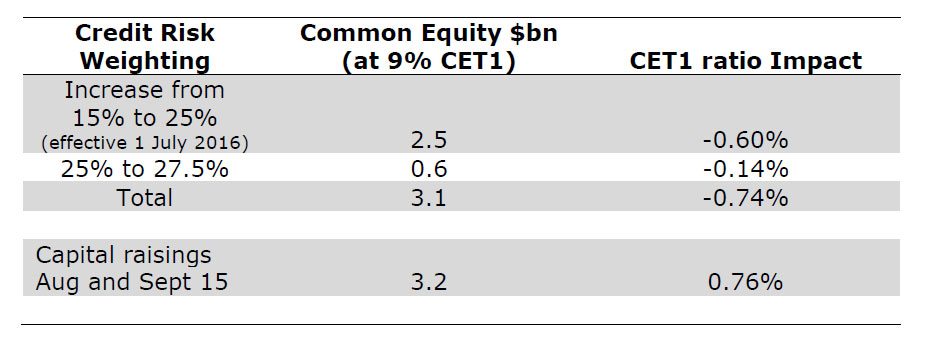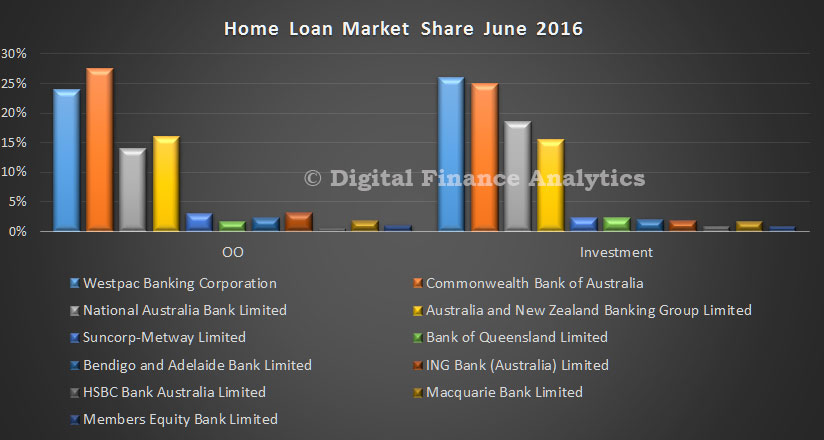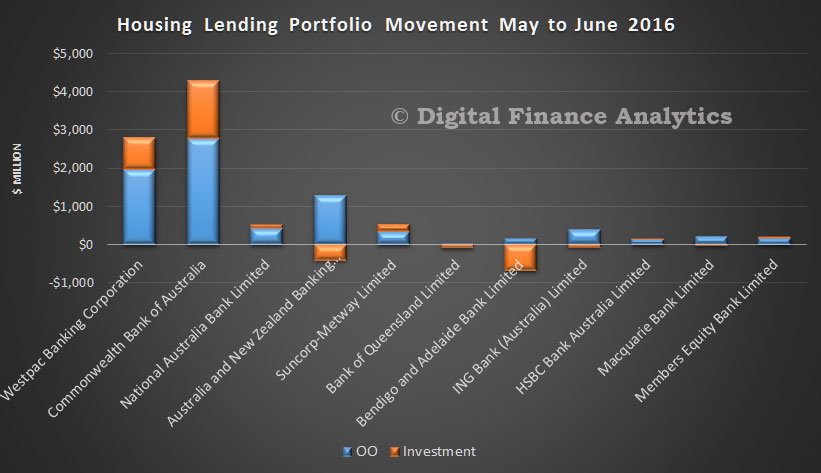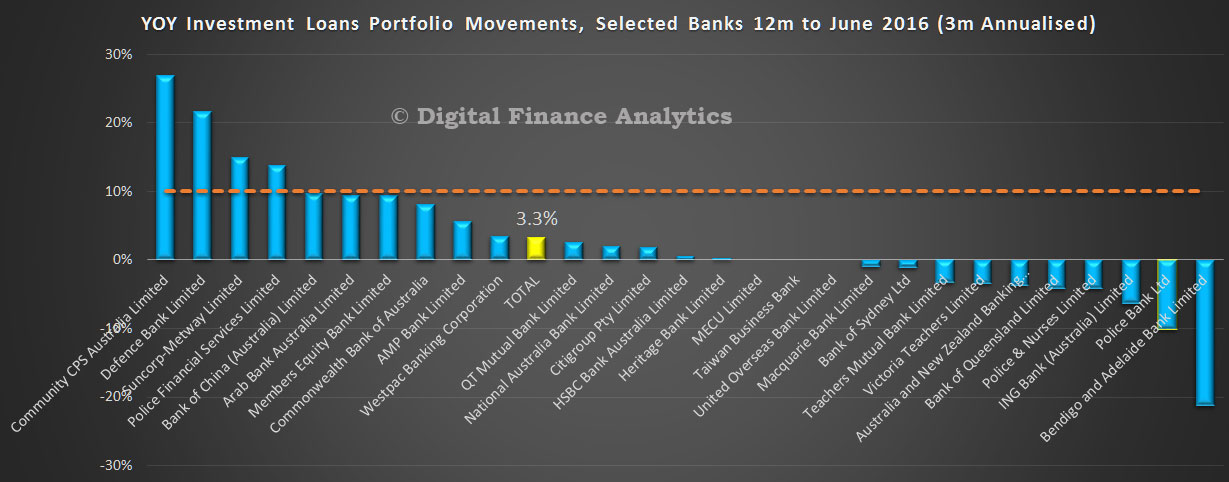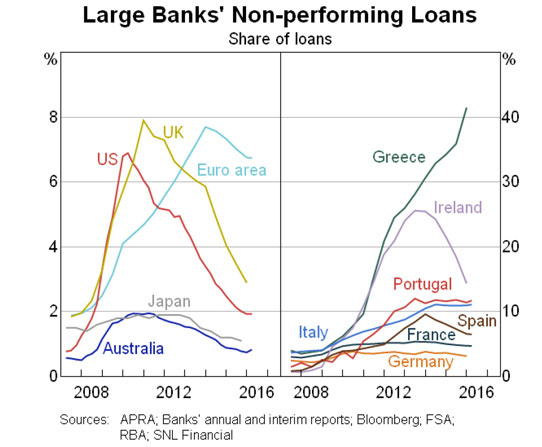Within the APRA speech we discussed earlier, there was an important little paragraph, which warrants separate coverage. It concerns the emergence of “hybrid” instruments, which banks have been offering, with a fixed return higher than deposit interest rates – returns which in the current low interest rate environment many will find attractive. However APRA makes the point, they should not be considered as higher yield alternatives to deposits as they are intrinsically less safe. Should a bank find they fall below certain capital ratios, the hybrid becomes the first line of defence, and will not pay out. These risks need to be understood.
Searching for new capital when a business is distressed, and time is of the essence, is ideally to be avoided. And we want to minimise the risk that the taxpayer has to come to the rescue. With that in mind, the post-crisis regulatory framework has built mechanisms that trigger automatic corrective action to help restore a firm’s capital when it has been diminished. There is a lot of discussion and debate on the merits of so-called bail-inable instruments and bail-in powers, including in response to the FSI’s third recommendation that APRA implement a framework for recapitalisation capacity sufficient to facilitate the orderly resolution of an Australian ADI and minimise taxpayer support. But the idea of bail-in is not something completely new: certain recapitalisation mechanisms already exist in the Australian framework. Examples include:
- the use of the capital conservation buffer, which imposes increasing limitations on a ADI’s ability to make discretionary distributions to capital providers and employees as the ADI approaches its minimum regulatory requirements;
- the trigger that exists in Additional Tier 1 instruments (often referred to as ‘hybrids’) that provide for the instrument to be written off, or converted to equity,
in the event that an ADI’s capital ratio falls below 5.125 per cent; and- the point of non-viability trigger in both Additional Tier 1 and Tier 2 instruments, which provides for the instruments to be written off or converted to equity in the event that APRA considers that the ADI would become non-viable without such action (or some other form of support).
These latter two recapitalisation mechanisms, in particular, are designed to provide some ‘breathing space’ to allow for orderly resolution. They are not designed to deliver resurrection, but more modestly to provide scope for an ADI’s services to customers to continue while new owners and managers are being put in place. Strengthening this by increasing loss absorption and recapitalisation capacity further, as recommended by the FSI, remains a work in progress and likely to take some time to complete. We are, as I have said elsewhere, hastening slowly in response to that recommendation given the importance of getting the policy settings right.
However, the new mechanisms that have already been instituted within existing capital instruments are a very important part of the new regulatory framework. Viewing these capital instruments as simply higher-yielding substitutes for vanilla fixed-interest investments, let alone deposits, is something to be counselled against, since from APRA’s perspective holders of these instruments are providing the important first lines of defence that we can call into action, in some instances even ahead of shareholders, to aid an orderly resolution.




